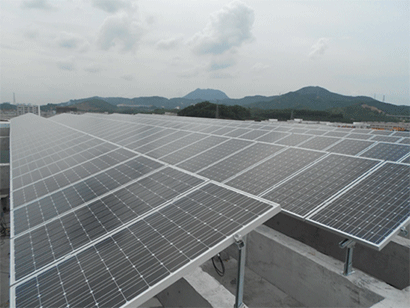The company’s shares have been suspended from trading on the Hong Kong stock exchange since June 2012, when concerns arose over suspected discrepancies in its financial records. If it is unable to meet the market’s listing requirements by July 4, the regulator will likely initiate proceedings to permanently remove its shares from the bourse, according to an online statement.
The market regulator issued a final warning to Trony Solar in January. At that time, the company was given six months to clarify lingering questions over its financial records dating back to 2012.
In early 2015, a year-long forensic analysis of Trony Solar’s earnings statements by PricewaterhouseCoopers revealed that the company had several different sets of financial records, all of which contained contradictory figures and other irregularities. However, the auditing firm was unable to determine which figures across the different sets of financial records were legitimate, as Trony Solar was unable to provide supporting documentation.
The Shenzhen-based company — which started producing amorphous silicon thin-film solar cells in 1993 — reported a loss of 44.1 million yuan ($6.5 million) in 2016, from a loss of 40.6 million yuan a year earlier. For the 12 months to the end of June 2016, it recorded a loss of 58.05 million yuan, from a deficit of 70.9 million yuan for the same period a year earlier.
Trony Solar’s troubles mirror that of fellow Chinese thin-film PV manufacturer Hanergy. In May 2015, Hanergy‘s shares were suspended from trading in Hong Kong, after they sank 47% in a single morning’s trading session.
This content is protected by copyright and may not be reused. If you want to cooperate with us and would like to reuse some of our content, please contact: editors@pv-magazine.com.



By submitting this form you agree to pv magazine using your data for the purposes of publishing your comment.
Your personal data will only be disclosed or otherwise transmitted to third parties for the purposes of spam filtering or if this is necessary for technical maintenance of the website. Any other transfer to third parties will not take place unless this is justified on the basis of applicable data protection regulations or if pv magazine is legally obliged to do so.
You may revoke this consent at any time with effect for the future, in which case your personal data will be deleted immediately. Otherwise, your data will be deleted if pv magazine has processed your request or the purpose of data storage is fulfilled.
Further information on data privacy can be found in our Data Protection Policy.